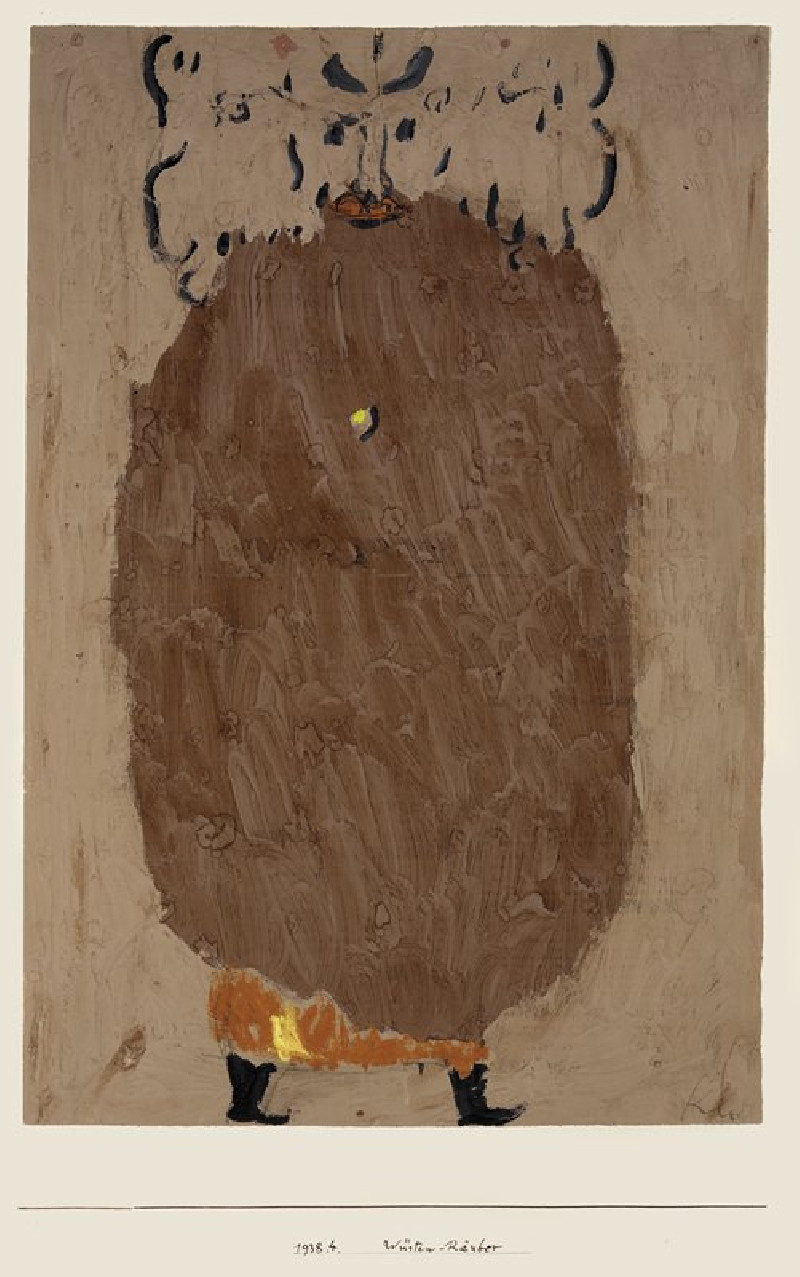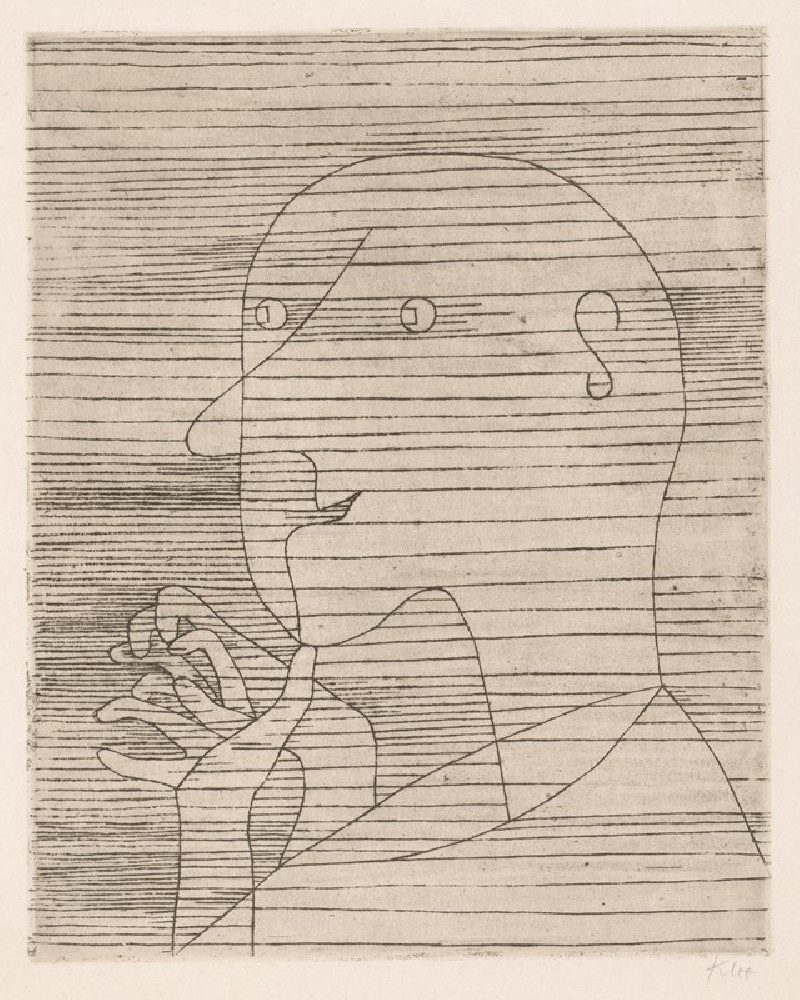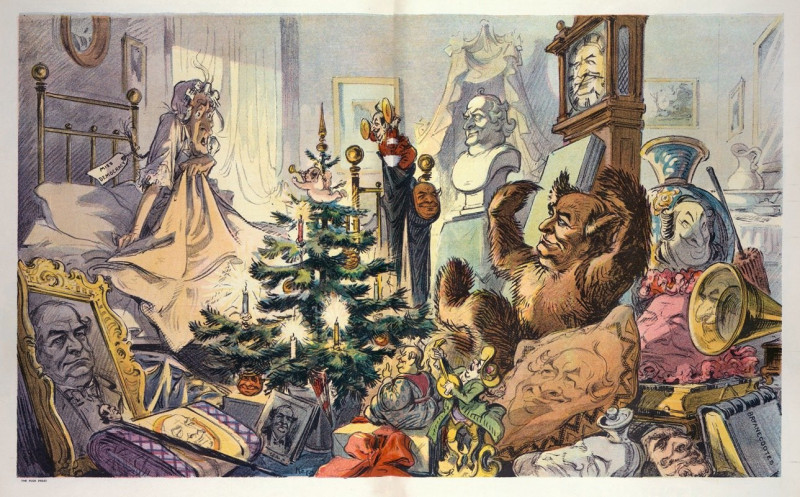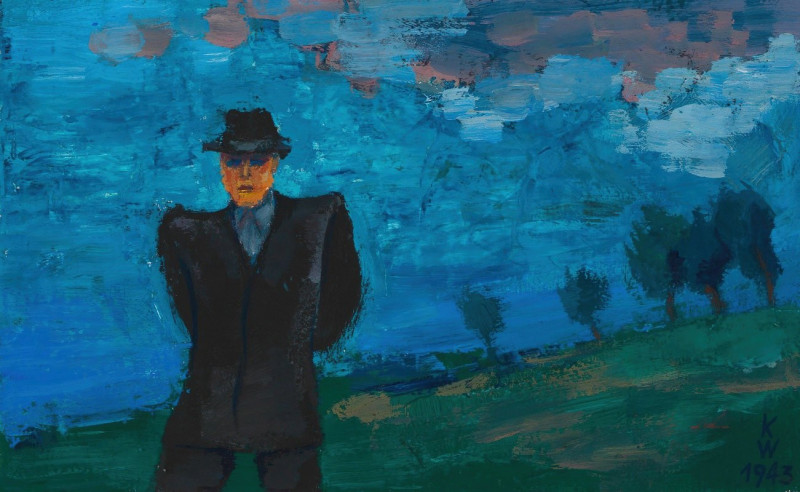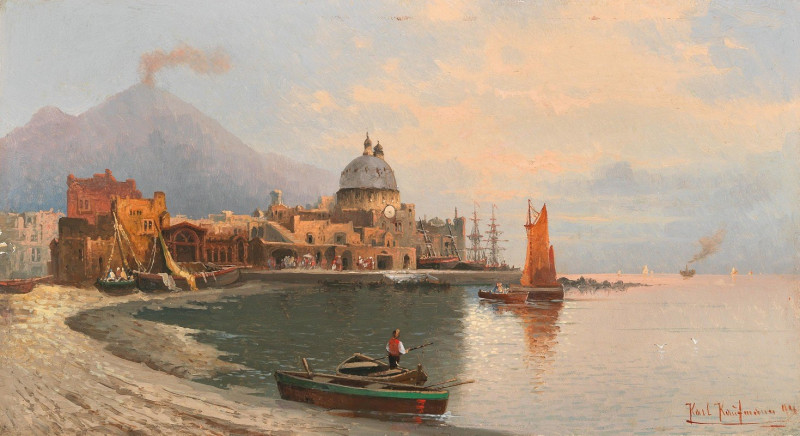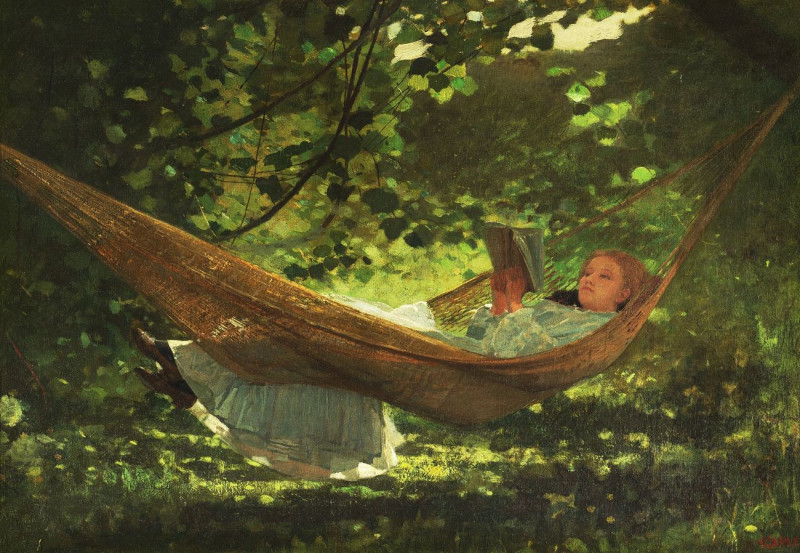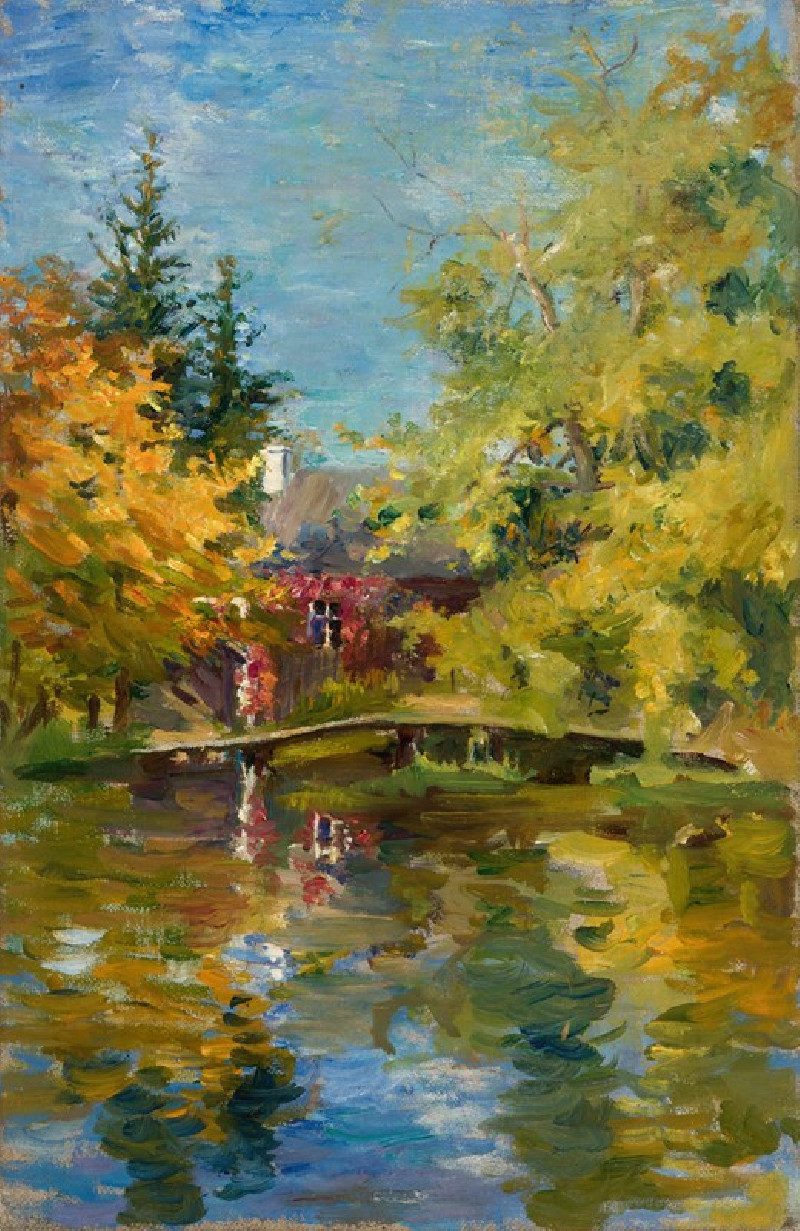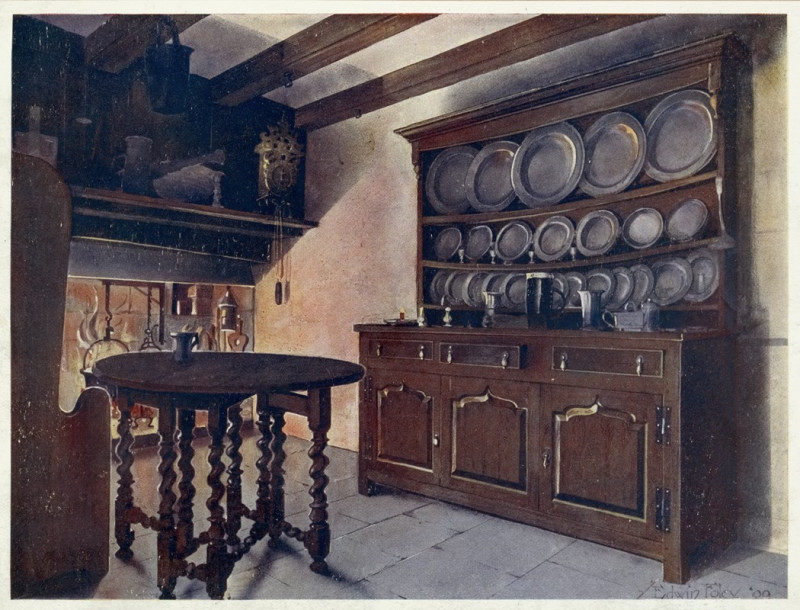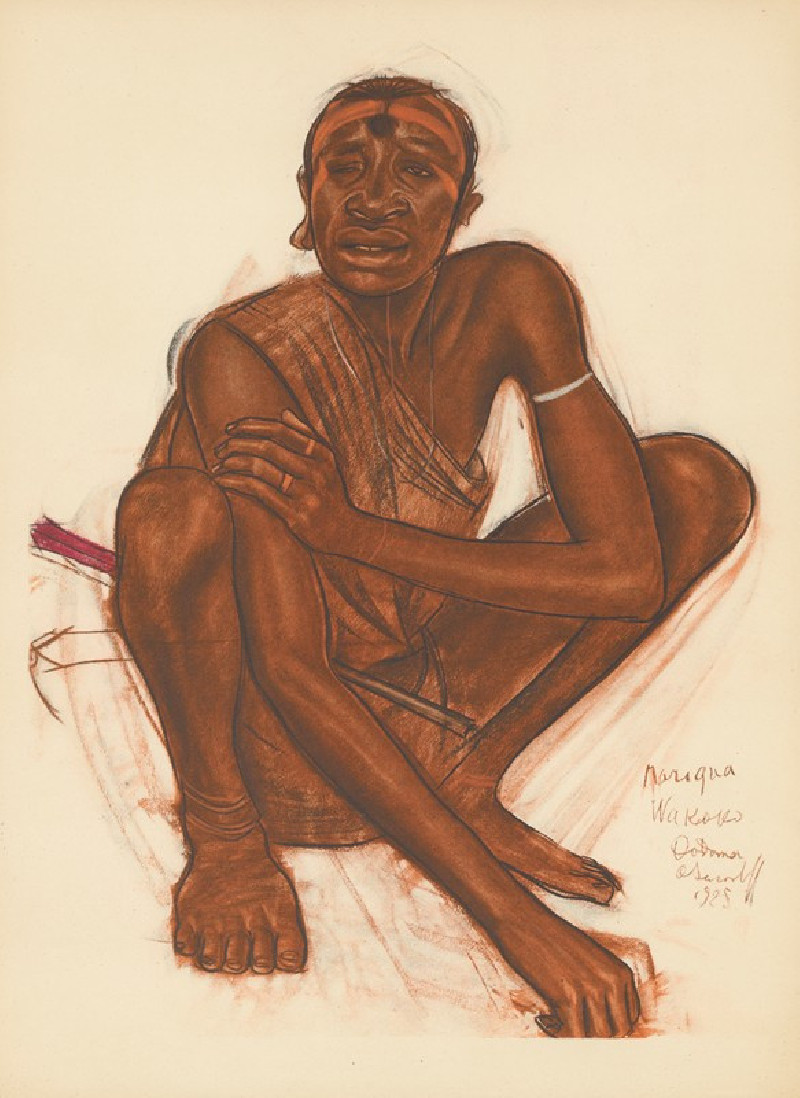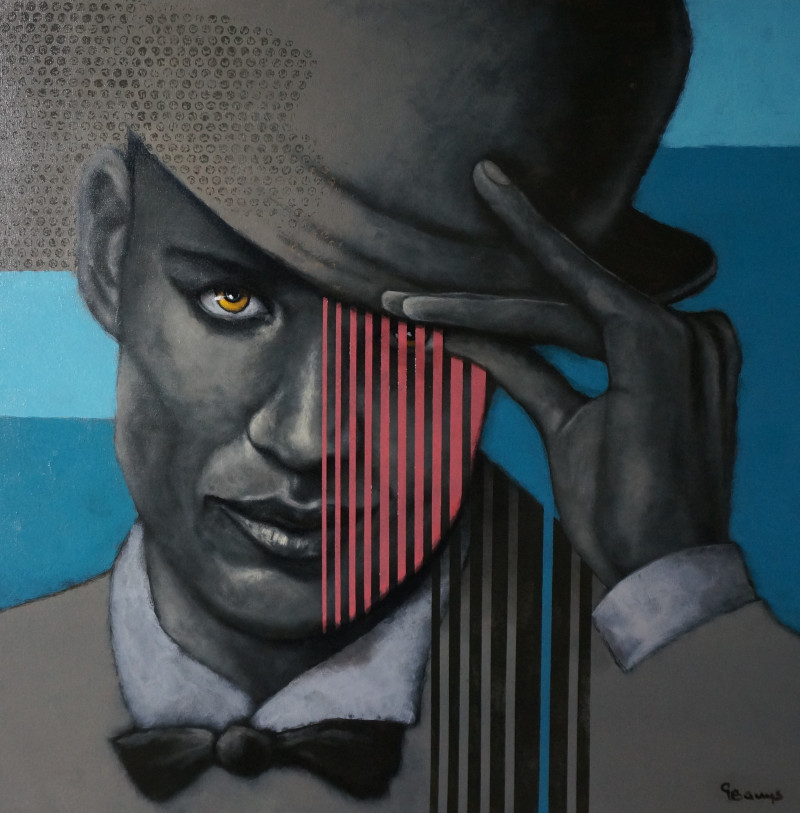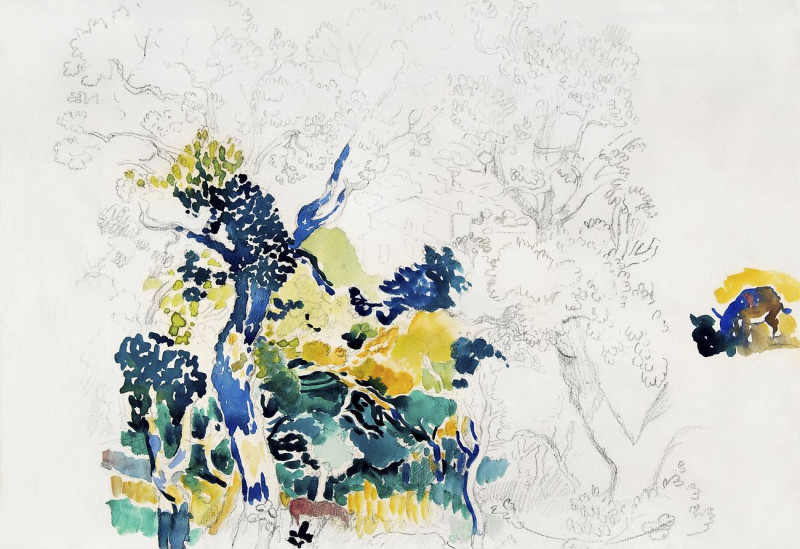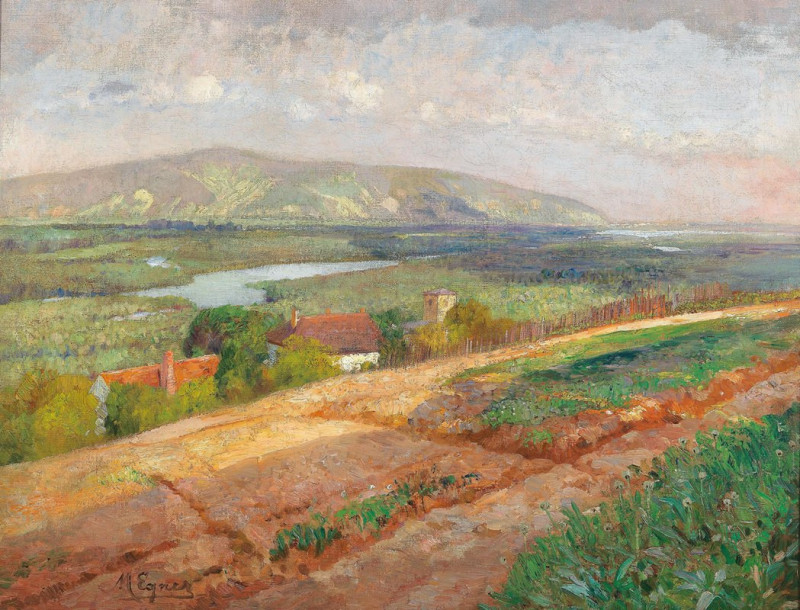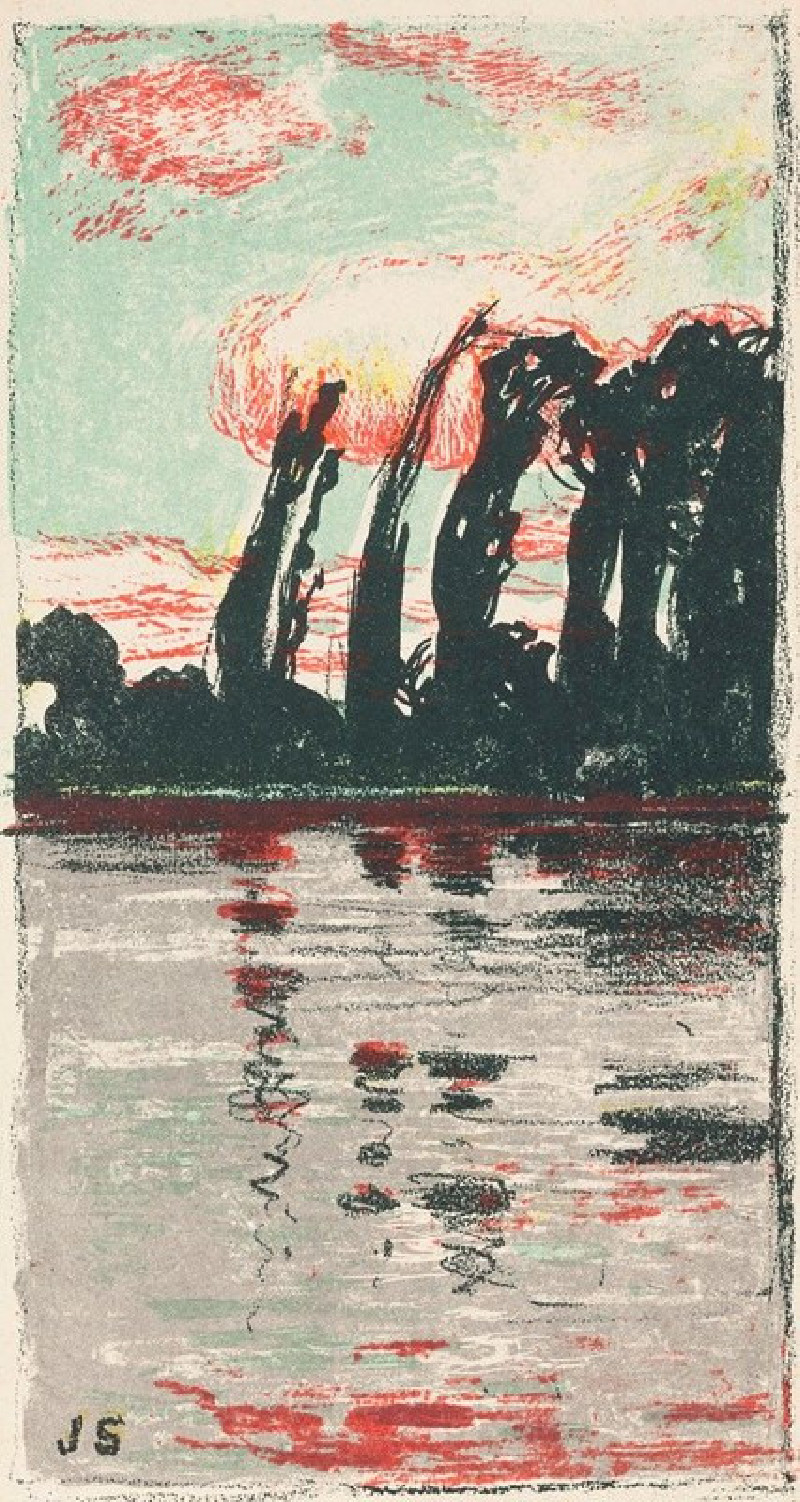Wüsten-Räuber (1938)
Technique: Giclée quality print
Recommended by our customers
More about this artwork
Paul Klee's painting titled "Wüsten-Räuber" (Desert Robber), completed in 1938, presents a captivating and enigmatic depiction that showcases Klee's unique approach to form and symbolism. The painting features an abstract figure dominating the canvas, rendered in earthy browns and somber tones set against a light beige background that subtly amplifies the central subject.The central figure in "Wüsten-Räuber" is oddly shaped, with a robust, enlarged body that tapers into what appear to be tiny, almost comical legs, shod in black boots. The main body, primarily in brown, is textured with fine, intricate lines, conveying a sense of depth and complexity. This could evoke a connection to the landscape of a desert, resonating with the title's reference to a desert setting. Klee's use of abstract patterning invites us to perceive the figure as perhaps cloaked or armored, possibly hinting at the secretive or elusive nature of a "robber."One of the most striking features of this work is the use of bright accents—a sliver of bright orange at the base and a dash of yellow within the figure itself, drawing the eye and providing a sharp contrast to the predominant browns. Above the imposing body, Klee depicts a face with minimalist features: eyes, eyebrows, and a hint of a mouth, all rendered in dark, bold strokes that suggest a mask or a façade."Wüsten-Räuber" encapsulates Paul Klee's talent for embedding narrative and emotion in abstract forms. By distilling the essence of figures into symbolic shapes and lines, Klee invites viewers to delve into a world of psychological interpretation and personal reflection.
Delivery
Returns
Paul Klee was a Swiss-born German artist. His highly individual style was influenced by movements in art that included expressionism, cubism, and surrealism. Klee was a natural draftsman who experimented with and eventually deeply explored color theory, writing about it extensively; his lectures Writings on Form and Design Theory (Schriften zur Form und Gestaltungslehre), published in English as the Paul Klee Notebooks, are held to be as important for modern art as Leonardo da Vinci's A Treatise on Painting for the Renaissance.

